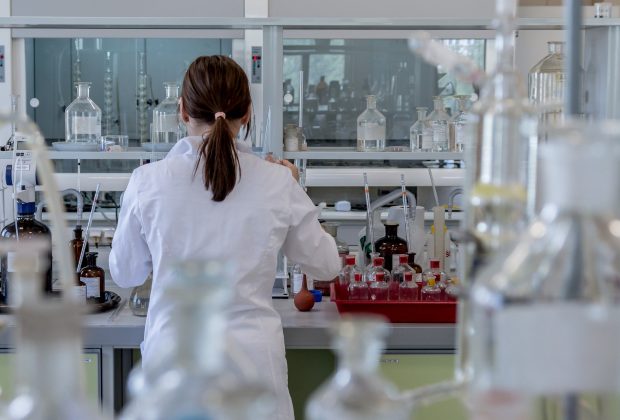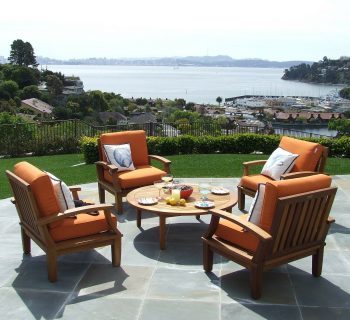Scientists and researchers can work their best and reveal groundbreaking medical therapies if they have access to the high-tech environments of successfully designed laboratories. Such laboratories come about from extensive planning, collaboration, and coordination between the designer and all the other stakeholders. They never leave any stone unturned to ensure the proper function and safety of the laboratory, for even the slightest mistake in this regard can prove detrimental afterward. We have also worked out the following most essential tips for a successful design process for the lab-starters. Here they are for your kind consideration.
1) Arrange a design kick-off meeting involving all the stakeholders
There must be a design kick-off meeting where the owner, the designer, the production manager, the faculty-and-staff head, the facilities, and maintenance personnel should develop a shared vision for the grand project. All the stakeholders will support the agreed vision, ensuring a consistent execution throughout the design phases. Hence, the final product will be most welcoming to all.
2) Specify the control areas at the earliest
Determining the control areas early in the design process will enable the lab planners and the architects to create a building design that will cover all the desired aesthetics as well as meet all code and safety requirements. The owner must involve Environment, Health, and Safety (EH&S) in the early phase of schematic design and determine the control areas to keep a watchful eye on the type and quantity of the chemicals affecting the overall building design. These control areas must also allow for the future change in the lab use in case of expansions of the whole business.
3) Ensure the safety of the team and the equipment
All lab designs must ensure the safety of their staff members and the equipment not only in the normal working hours but also in case of an emergency like fire outbreak, earthquake, flood, blast, etc. There must be more than two entrance-and- exit points to cope with the potential for crowds. Fire extinguishers are also essential. Similarly, the utmost care and attention must be given to both the heavy-weight equipment like machinery, tools, chemicals, and the light-weight equipment like standard cell culture dishes, glass tubes, and funnels, etc.
4) Develop a sound plan for chemical storage
A perfect laboratory always caters for the appropriate and adequate storage of chemical substances to avoid potential safety hazards and code issues. The owner and the designer must consult with EH&S and collaborate with lab users and managers to determine the storage rooms according to the types of chemicals requiring short-term and long-term storage. This forehand planning will eliminate the odds for improper, dangerous storage inside fume hoods or on bench tops, ensuring a thoroughly safe and effective working-environment.
5) Ensure well-coordinated drawings through collaboration
To avoid any aesthetic or constructability issue and improve the visual of the lab, the owner, the designer, and MEP engineers must collaborate, coordinate, and back-check the subsequent drawings. There must be no issue or conflict among the mechanical, electrical, and plumbing aspects of the final lab-design. Failing in this regard will create headaches for contractors and future maintenance personnel.






